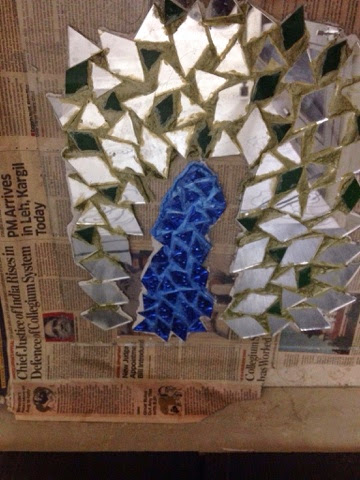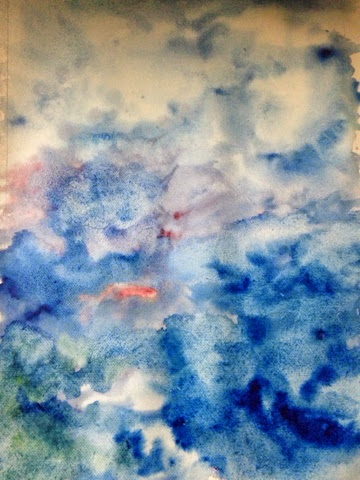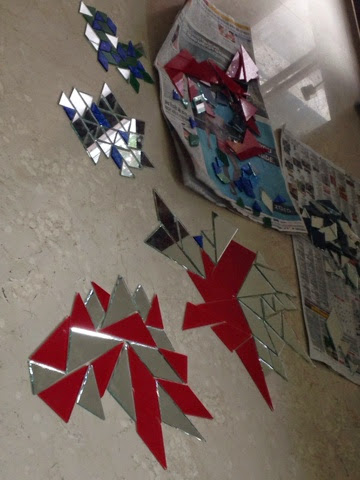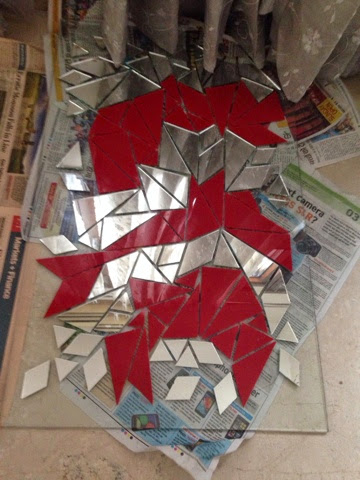Just wanted to share the art supplies I use to make my water color paintings- paints, brushes, paper. I have been making water color paintings for more than 20 years now, and have used all major brands of art supplies. I stick to using as less supplies as possible because 1. I am lazy, and 2. I want to pack light when I travel because I carry my art stuff all the time.
Here are the ones I swear by for the best effortless paintings:
Paint Supplies:
Camel Artist Water Color Tubes
These are not that expensive, but I use them for the colors I don't use enough in my paintings, like browns and greys (I like to use greens and blues more).
Here are the ones I swear by for the best effortless paintings:
Paint Supplies:
Camel Artist Water Color Tubes
These are not that expensive, but I use them for the colors I don't use enough in my paintings, like browns and greys (I like to use greens and blues more).
Green, Blue and Red Water Color Paints:
I love the Windsor and Newton's Cotman Water Color tubes. They're my favorite water color purchases till date. I have two in prussian blue 538, because I paint skies and waters so often, and one of Sap Green 599 and Alizarin Crimson Hue 003 each, I use 8ml, but here's the link I found for 21ml Cadmium Red:
Winsor & Newton Cotman 21ml Water Colour Tube - Cadmium Red Hue
They give absolutely brilliant tones that brighten up my paintings.
Brushes:
I have a mix of round, flat and fan brushes. I keep 6 brushes in my travel kit:
Blick Scholastic Wonder White Fan Brush #4 (I use this for flowers, clouds and waves)
Camlin Series 66 Round Paint Brush
Here's the link for Camlin Series 66 Round Paint Brush on Flipkart.com
Camlin #8 Round Brush (I use this for most of all my paintings)
#12 Flat Brush (I paint skies with this)
#6 Flat Brush (I use this rarely, for water waves)
#3 Round Brush (for fine details)
Paper:
I am totalllllyyyyy in love with this water color pad. I wonder why this is still uncommon. It comes with 20 sheets on 300 gsm, perfect for travel, and all medium-small sized paintings. I keep my paintings in it until I return from my travels and until I get them framed.





















